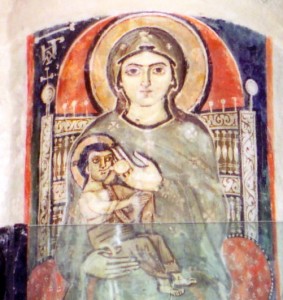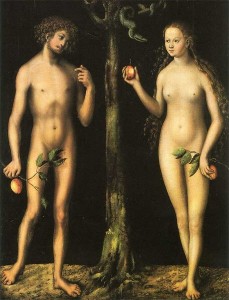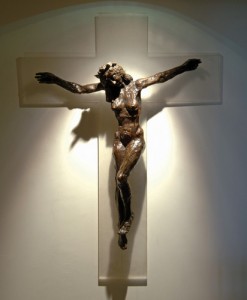Mary Magdalene holds the status of first apostle and “apostle to the apostles,” because she was the first person to see the resurrected Jesus. Yet the Catholic Church does not allow women to become priests. Why not? This course will examine women in Christian history and literature as well as the construction of ideal models of womanhood and gender roles in Christian traditions. What leadership positions have women undertaken in churches? How has Christian theology and doctrine shaped the lives of average women? What does Christian literature say about the relationship between women and sexuality? How have women challenged and changed gender norms in Christian traditions? If the Christian god is male, does that make male god? The course will be divided into five units:
- Women in the Bible: Scripture and the Construction of Christian Womanhood
- Early Christianity: From Virgin Martyrs to Desert Mothers
- Women in the Middle Ages and Reformation: Witches, Saints, and Sinners
- Women in American Christianities
- Contemporary Feminist Theology: Rewriting the Tradition
This course fulfills the University Diversity Requirement.
We meet T/Th 3-4:45 in the Classroom Building, room 204.


